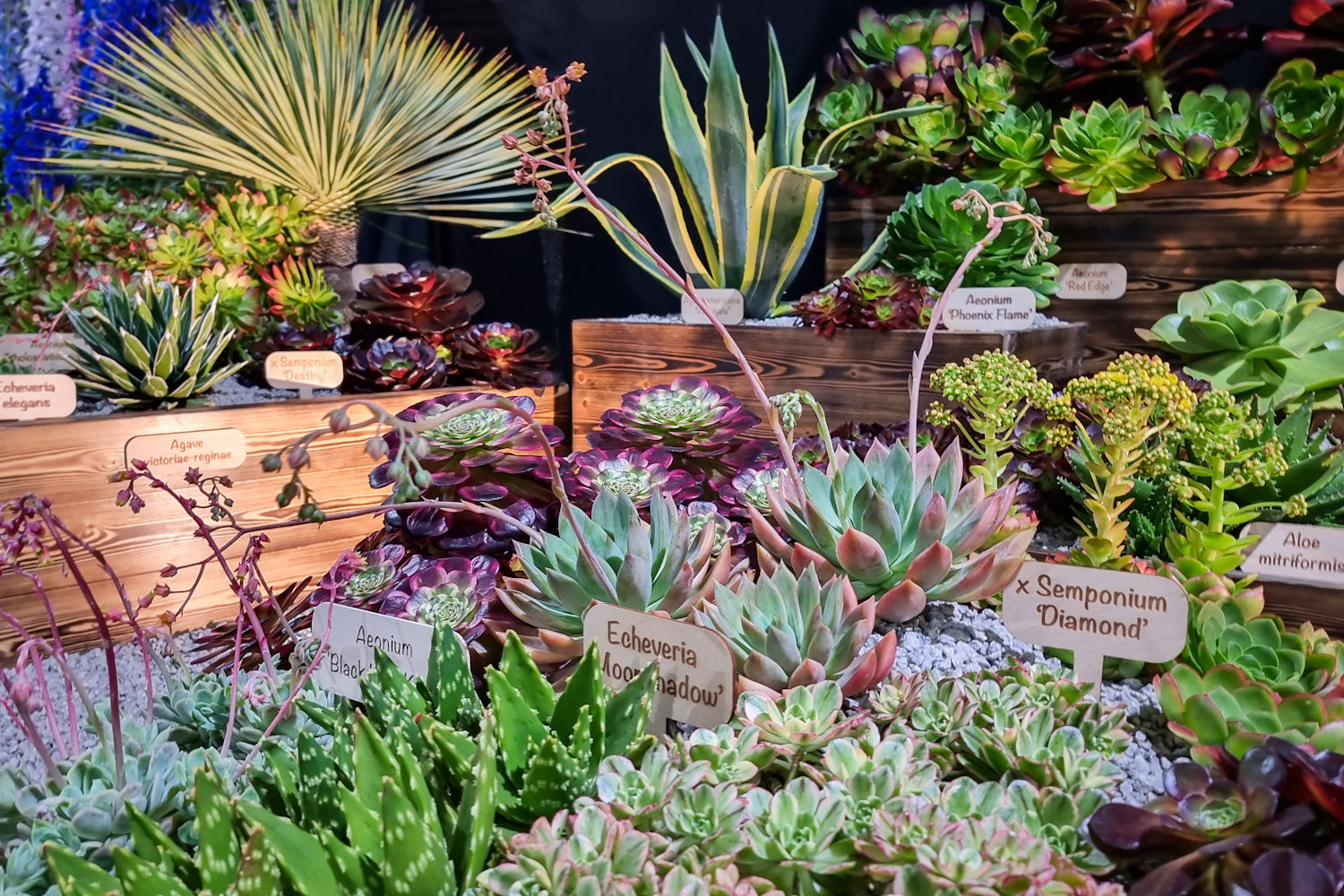
All-Round Succulent Care Guide
A general overview on how we grow our plants to RHS-gold size, stature and quality.
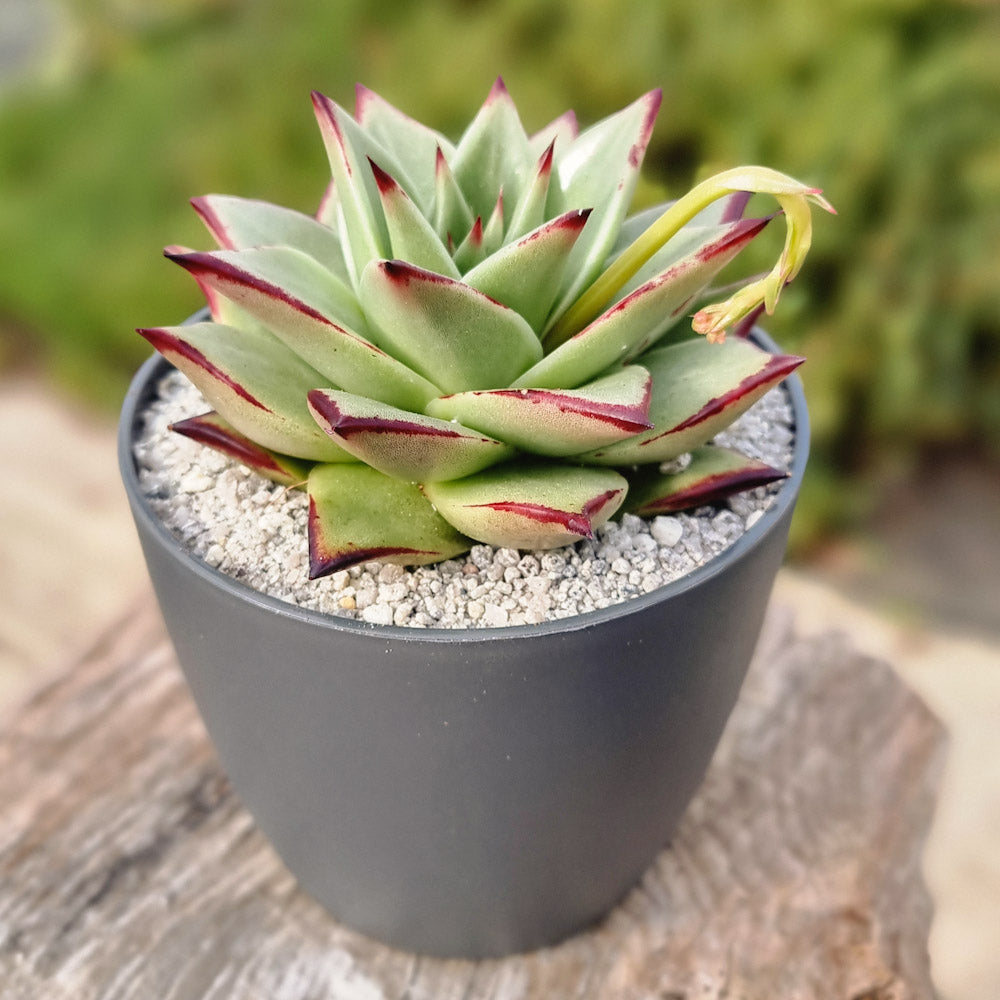
Pot choice
Choose a pot with a drainage hole if you can’t limit the watering (outdoors). A pot with no drainage hole can be used as long as you water moderately. A pot with a hole tends to be more forgiving.
Also, as it is slightly breathable, a terracotta pot is usually preferred over a plastic pot, but the succulents dont seem to mind too much.
Outdoor planting
If planting outside in the ground, make sure the area is prepared before planting your succulents. Clear any weeds and make sure the soil is suitable for succulents. Also, raising the succulents higher off the ground, such as in a raised bed or a rockery, will give you better growth results. Most succulents will love bright, light and airy conditions, but some will love shady conditions. Knowing your succulent requirements is crucial when selecting placement and compatibility.
Unlike other plants and due to their waxy leathery leaves, succulents can tolerate very windy conditions and still be very happy.
There are even many succulents that can survive in temperatures below freezing if free draining conditions are met. This can normally be found on vertical free draining walls, rockery beds, or a windy dry part of the garden.
Echeveria elegans



Sale
Echeveria elegans
Regular price
£4.87 GBP
Regular price
£6.95 GBP
Sale price
£4.87 GBP
Unit price
/
per
Sale

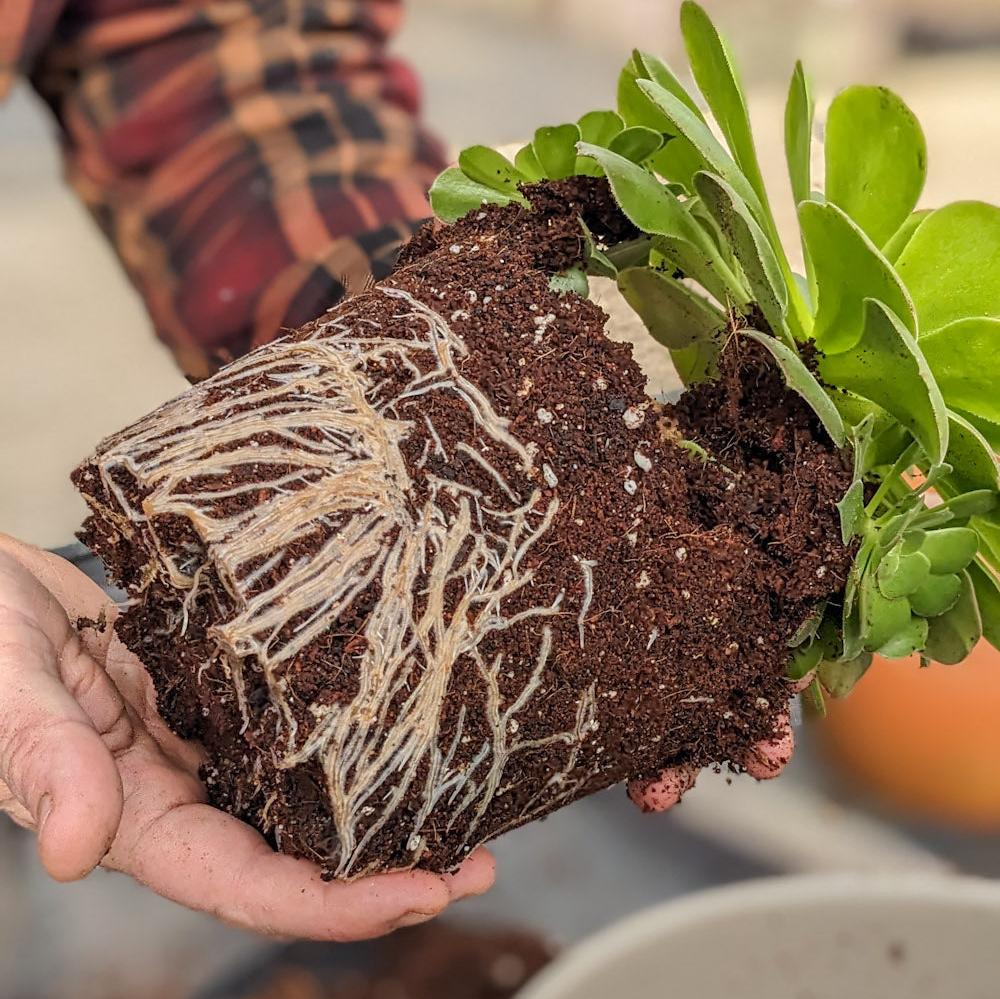
Soil mix
We recommend using a standard general multipurpose compost mix orJohn Innes no2 (sandy soil mix) and adding 30% to 40% by volume of drainage media in the form of sand, grit or our personal favourite, perlite. This will give you a free-draining soil mix which is very important for the health of your succulents. Our General Succulent Compost Mix is perfectly designed for succulents.
Watering
We often tell our customers to follow the 3 D's to keep their succulents alive and happy:
- Drench. Completely drench the soil (for fully rooted plants only).
- Drain. Make sure the soil is free-draining.
- Dry. Leave the soil to dry out between waterings.
Over-watering is one of the most common cause of succulent problems. The amount of water they require is largely dependent on the location you wish to keep them, so also think about this when watering them.
The best way to tell if your plant is dry is to pick up the pot and try to get a feel by the weight of the pot to figure out if it needs water.
Without proper drainage, your succulents may suffer from root rot, especially in the winter months. Always make sure your drainage holes don’t become blocked.
Having proper drainage gives you the desert-like conditions that succulents need to thrive.
-
Outdoors
If keeping your succulents outside, you can probably get away with never watering your plants here in the UK. The rain every few weeks in the summer should be sufficient to give your plants enough water. Succulents store a high percentage of their water in their leaves and stems so they don’t need to be in continuous wet soil to draw up moisture like other plants. In fact, you will find that allowing the soil to dry out in between watering will make your colours more vibrant and stronger, giving you a hardier, stronger succulent.
-
Indoors
When keeping your succulents indoors, it is best to allow for the soil to become dry in between waterings. When you do decide to water, it is best to soak them, this will replicate a torrential down pour (heavy rain shower). Little and often is not a good idea. You want your succulent to reach its roots out and develop a strong, robust root system trying to find nutrients and moisture. Achieving this will give you a much hardier, stronger plant.
Depending on the inside temperatures, you might water once a month or once a week. If your house has central heating turned on, then you may find your pots drying out faster.
Low maintenance
This might sound completely different to keeping normal plants but we believe this is what makes succulents a joy to keep as they are very low maintenance plants. The more you leave them alone, the more they will reward you with faster growth rates, stunning colours and extra compact form. We often get asked how do our succulents have such good colours and it is because we keep our succulents this way.
If your colours are looking washed out and not as vibrant, it might be worth cutting back on your watering regime or simply not potting your plants on. Once your succulents start competing for water and nutrients you will often find the colours will become naturally enhanced simply because you are replicating their natural dry conditions. Often people think that you need more water and feed to enhance the colours but it’s often the opposite. In fact, less is more for these fascinating plants.
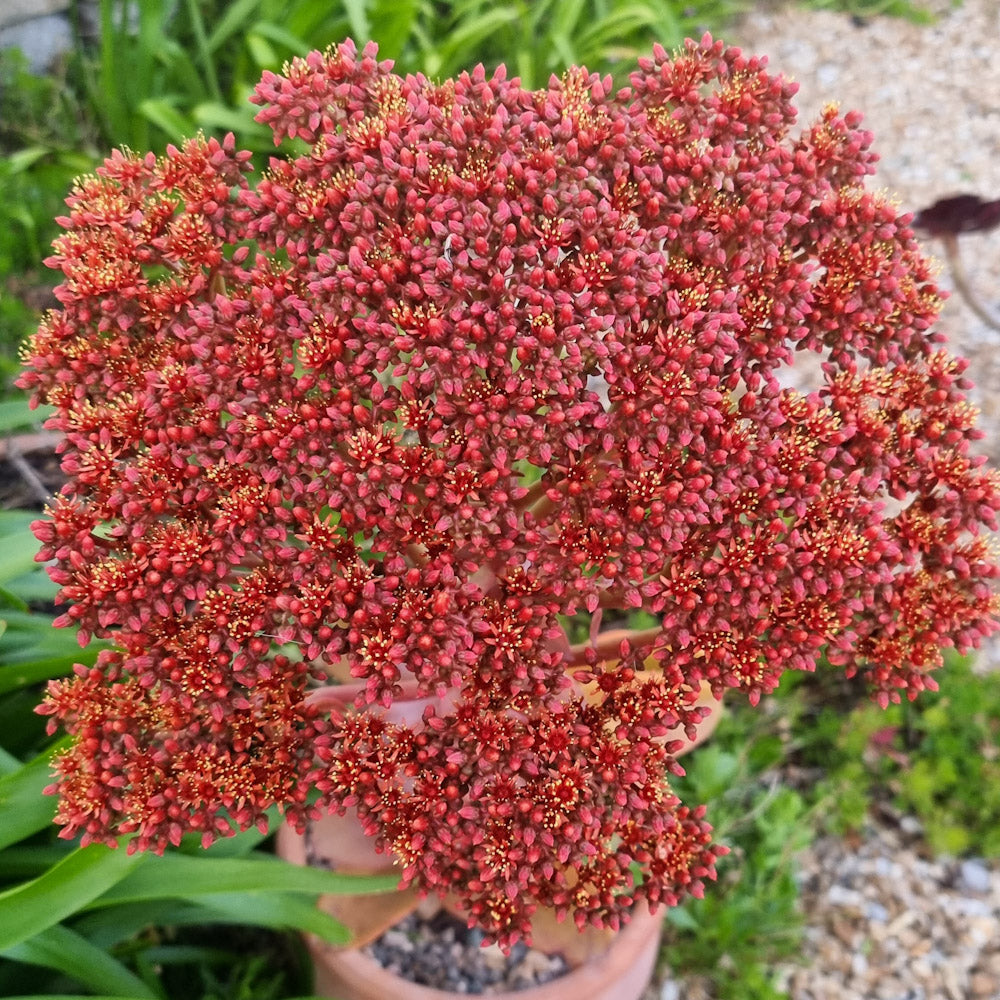
Flowering
Aeonium nobile can be a lush green colour but when kept in dry conditions, it can turn a deep, vibrant red. This plant will also change colour before flowering. This is one of the most spectacular flowers in the Aeonium world.
Light levels
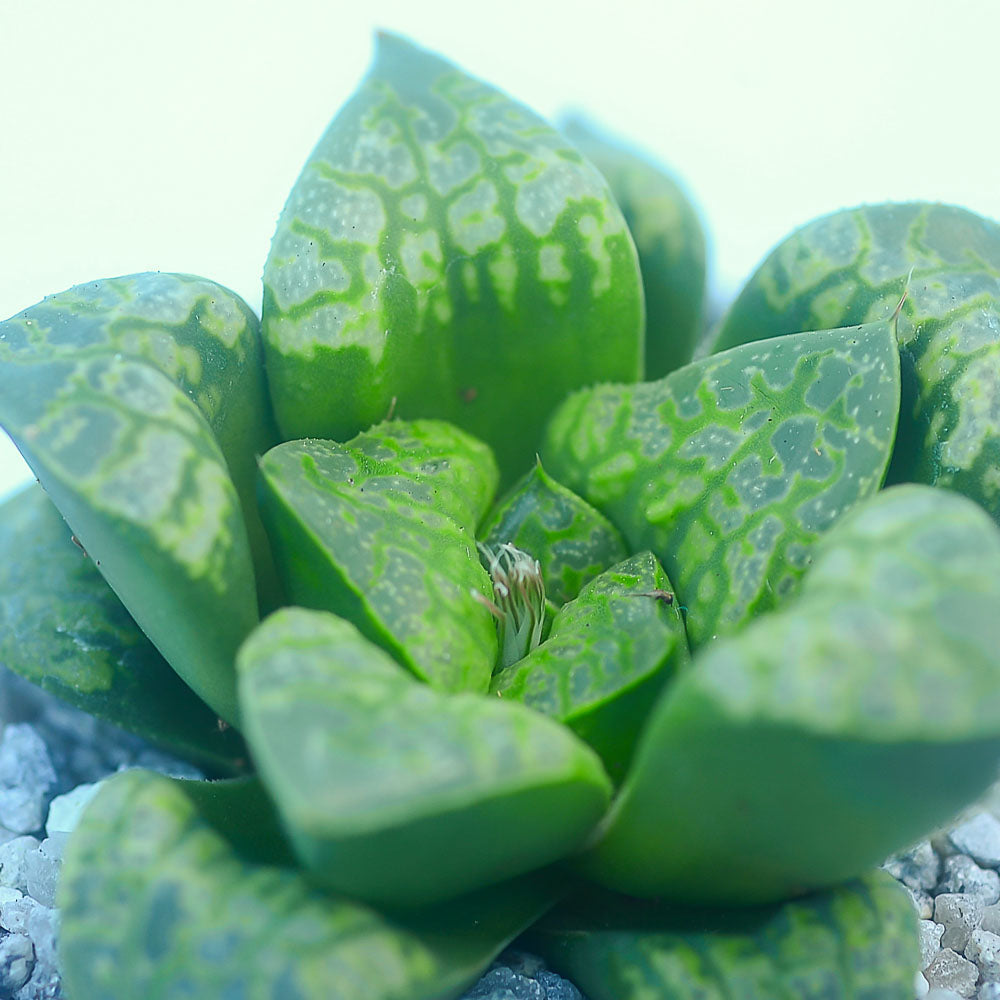
Selecting a plant for the right conditions you have at home is crucial. You might find that you get odd growing formations know as reaching, or to correctly name, etiolated. This can simply be because you’re not providing enough natural light for the plant you have chosen. Haworthias are great indoor plants suited to lower light conditions but at the same time can tolerate high light conditions.
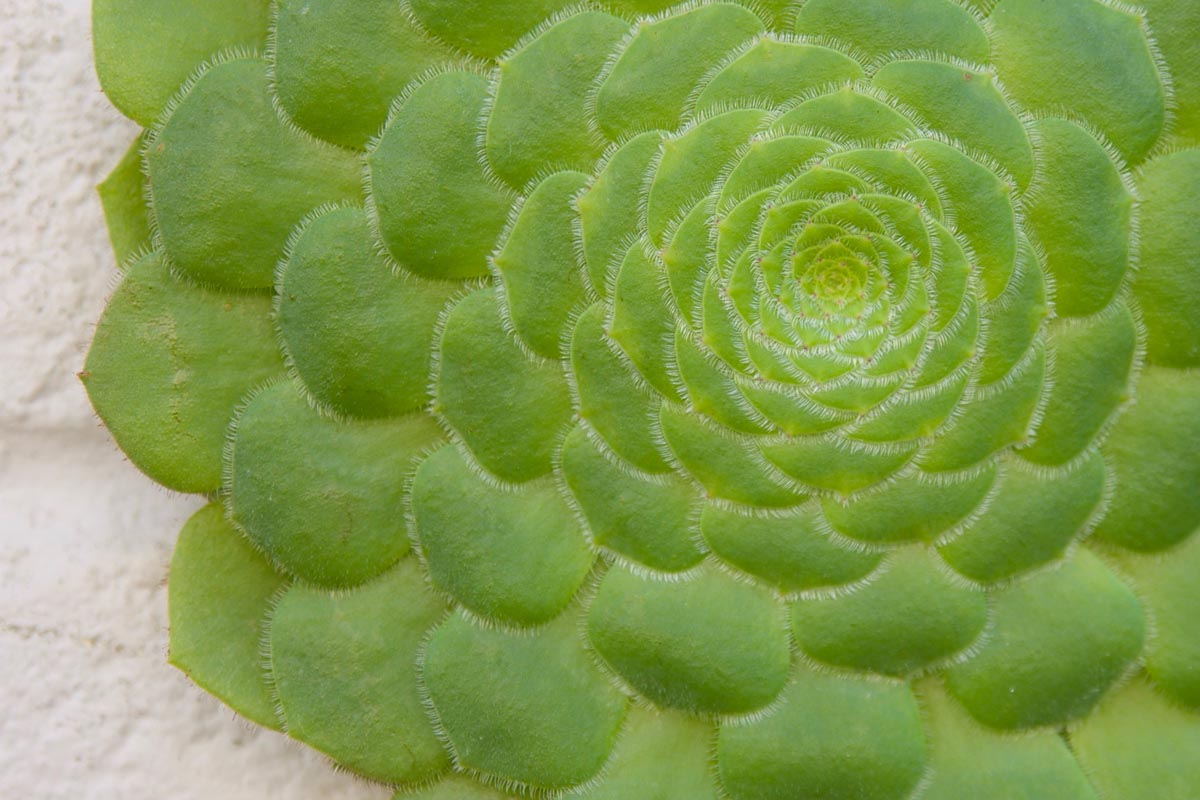
Aeonium tabuliforme (dinner plate) is a good choice for shady conditions, but will often fade or yellow out and even suffer from leaf burn if light conditions are too strong. Some Aeoniums would be green in colour if they were not receiving enough light to produce their dark leaf pigments. This is often found in the winter months when light levels are lower. You need to monitor to see if your succulents are growing with the right growth formation and vibrant colours for which they are known.
Growth rates
To ensure you’re getting good growth rates from your succulents, we normally recommend that you refresh your soil every year. If planted in pots this can be easily achieved. If outside permanently planted in the ground, we recommend feeding with a general all-purpose plant food. If you want to slow growth rates down, then simply leave your soil to run out of nutrients. This will stop your plants growing as fast, it can be several months before the plant will run out of nutrients and become detrimental to it’s health. It will happily survive, as these plants originate from low nutrient deserts like conditions with little rainfall, so they are well adapted to be without.
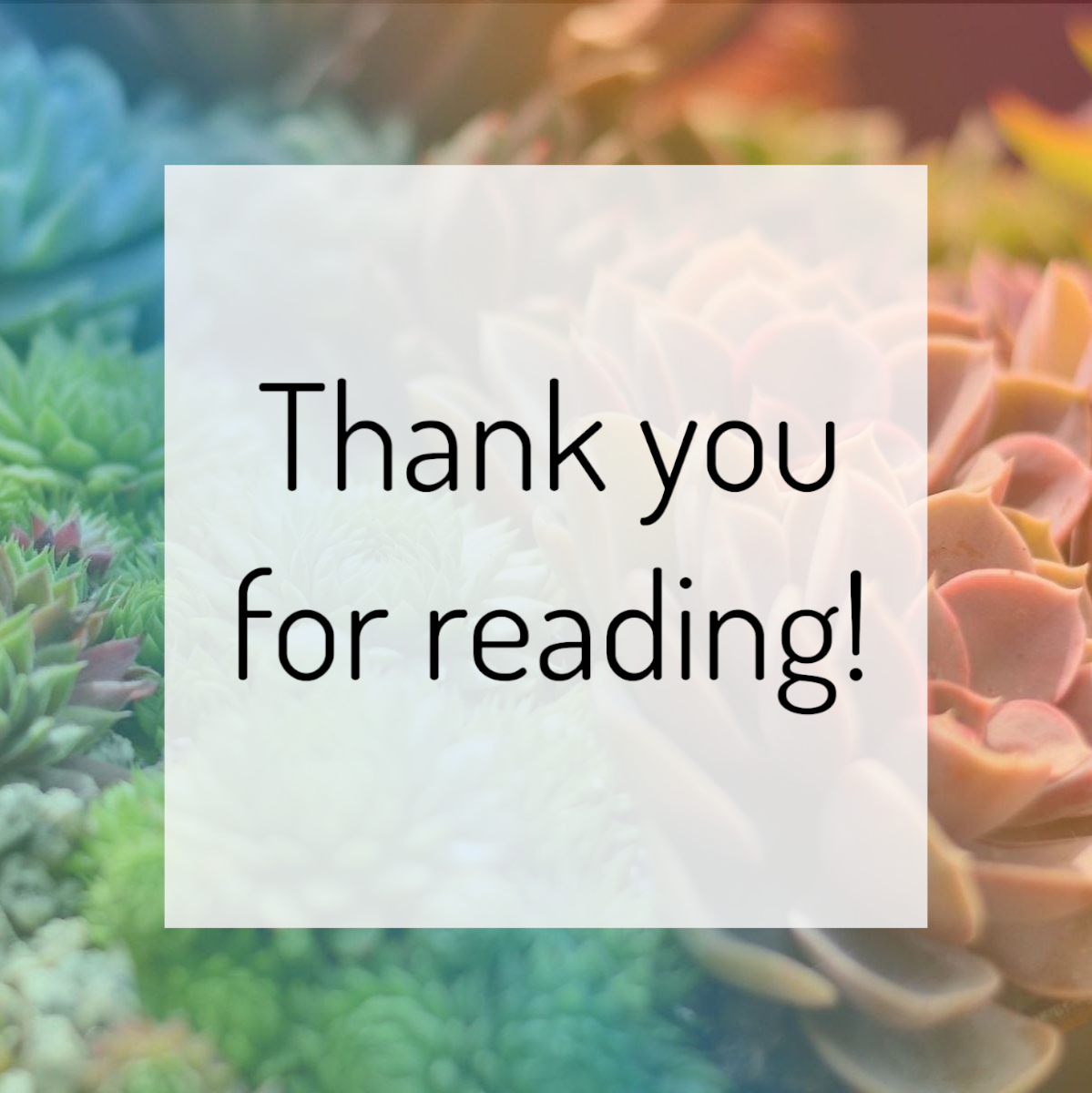
If you have any other questions on succulent care advice, please leave a comment below this post and we will be happy to answer this for you.
For alternate care advice, please find our other care guides in the Plant Care & Advice section.
We are adding new advice all of the time, so consider subscribing to our mailing list to make sure you do not miss out on any crucial information on how to care for your succulents. This can be done at the bottom of the page.
Questions and answers
-
Question
I’m in the US zone 8a is there any particular brand of plant food for feeding semponiums you recommend? How often should I feed them? I just received destiny sienna Mrs frosty and diamond. I do not want to kill them.
Tonia
-
Answer
Thank you for the question. Any multipurpose feed is ideal for Semponiums, and most succulents in general. We usually use Tomorite, a liquid seaweed feed, Miracle-Gro or slow release mixed into the soil.
You will want to feed them at a maximum of once every two weeks during the growing season.
Jack @ Surreal Succulents





